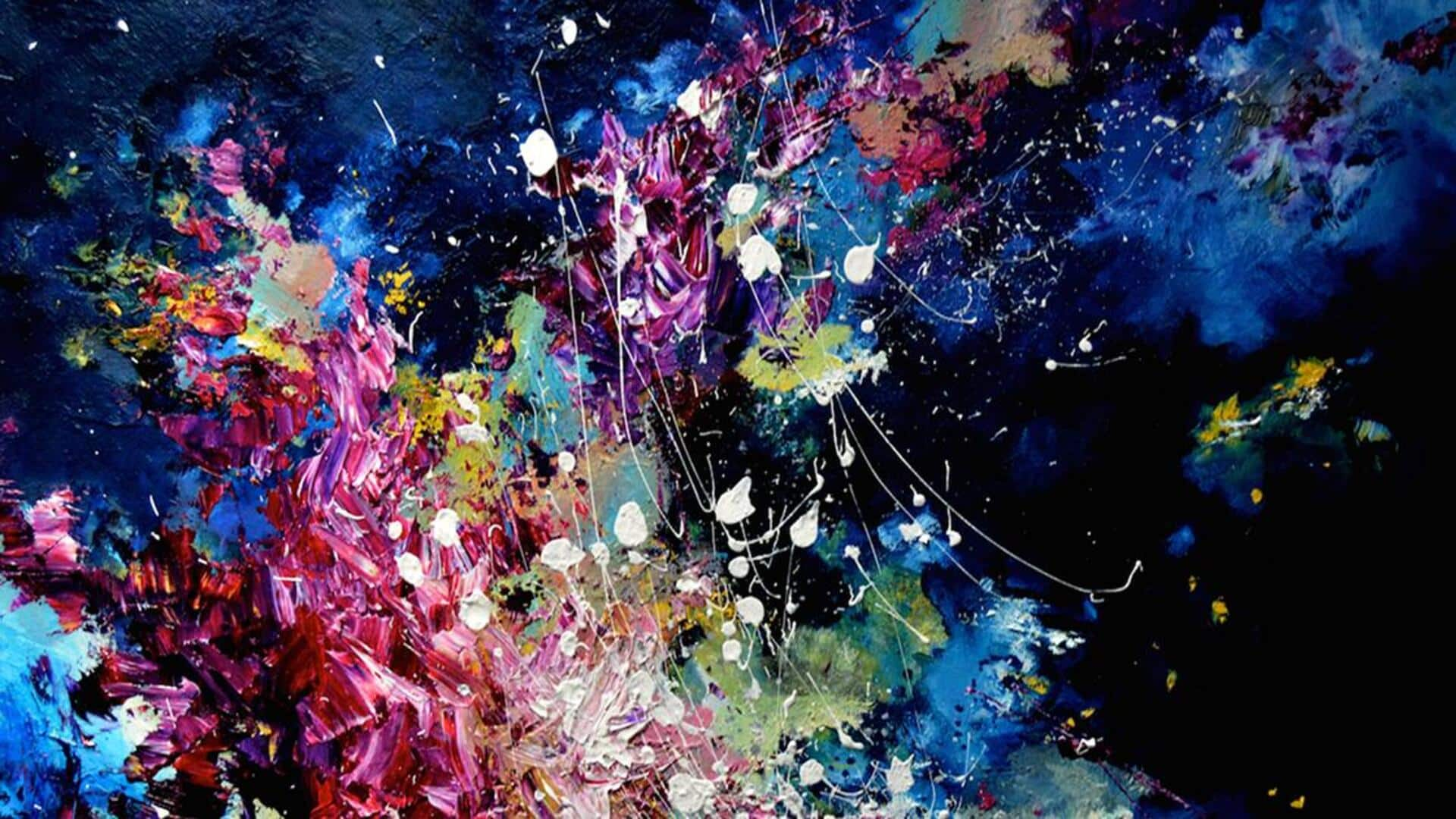
Melodic brushes: Pioneers of synesthetic art
What's the story
Synesthetic art is when music becomes a painting. This article explores the visionaries who have mastered this unique form of expression, blending sound with sight to evoke profound emotional responses. Their work not only pushes the boundaries of our senses but also creates new pathways for experiencing art, transforming it into a truly immersive journey for the audience.
Origins
The genesis of sound and color
The phenomenon of synesthesia, in which one sensory experience automatically evokes another, has long captivated the minds of artists. However, it was during the early 20th century that artists first began to systematically investigate this phenomenon in their work. Kandinsky is frequently cited as one of the pioneers in consciously applying synesthetic principles to his paintings. His ambition was to provoke specific sounds through the use of color and form.
Modern pioneers
Contemporary masters of synesthesia
Over the past few years, artists such as Carol Steen and Tim Layden have taken it to the next level, leveraging technology to craft immersive synesthetic experiences. While Steen's art focuses on vibrant visual depictions of her personal synesthetic perceptions to music or sounds, Layden's work is unique because of the interactive aspect. He enables the audience to "see" music in real-time through color and movement.
Innovation
Bridging art forms through technology
The rise of digital media has unlocked a whole new dimension for synesthetic art. Interactive installations and virtual reality experiences now let you literally step into a world where you can see and touch the music. These tech advancements have not only blown the doors off the canvas for artists, but they've also brought synesthetic experiences within reach for everyone.
Engagement
The impact on audience engagement
One of the most powerful elements of synesthetic art is its ability to stimulate multiple senses at once, immersing the viewer in a unique sensory experience. This multisensory approach often results in deeper emotional responses and a more lasting connection with the artwork. Research indicates that synesthetic elements in art can boost memory retention by a significant 30%, demonstrating its transformative potential in how art is experienced and remembered.
Evolution
Future directions in synesthetic art
As technology advances, the potential for synesthetic art will expand exponentially. Artists are already exploring artificial intelligence (AI) and machine learning algorithms that can create intricate audiovisual landscapes from music or environmental sounds. This progression offers not only novel artistic expressions but also profound revelations about the nature of perception itself.